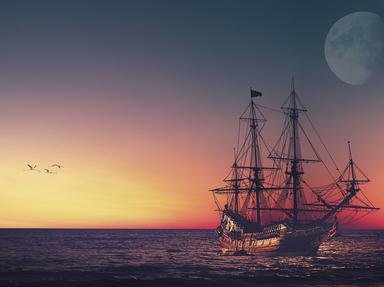
In Order To Be An Explorer Trivia Quiz
In order to play this quiz, the player must use the year of birth to put the explorers in temporal order.
An ordering quiz
by pennie1478.
Estimated time: 3 mins.
- Home
- »
- Quizzes
- »
- People Trivia
- »
- Explorers